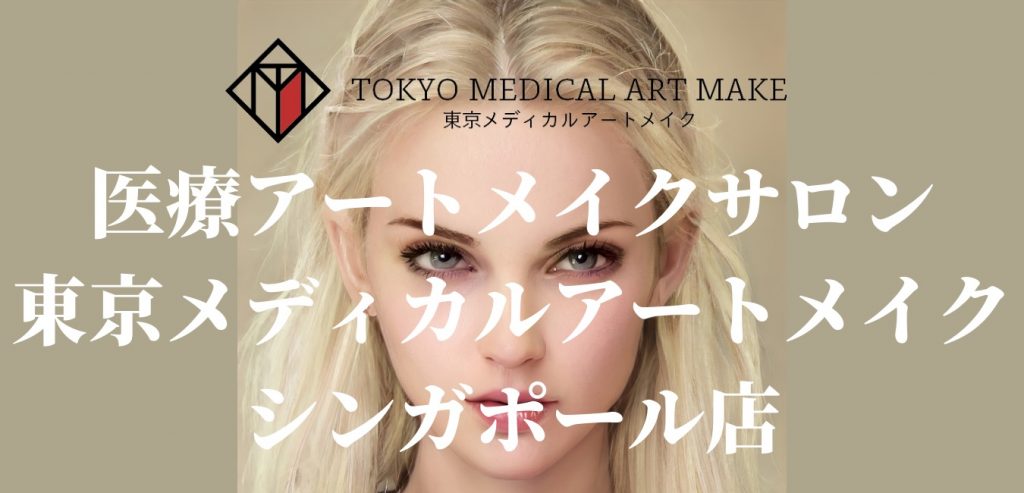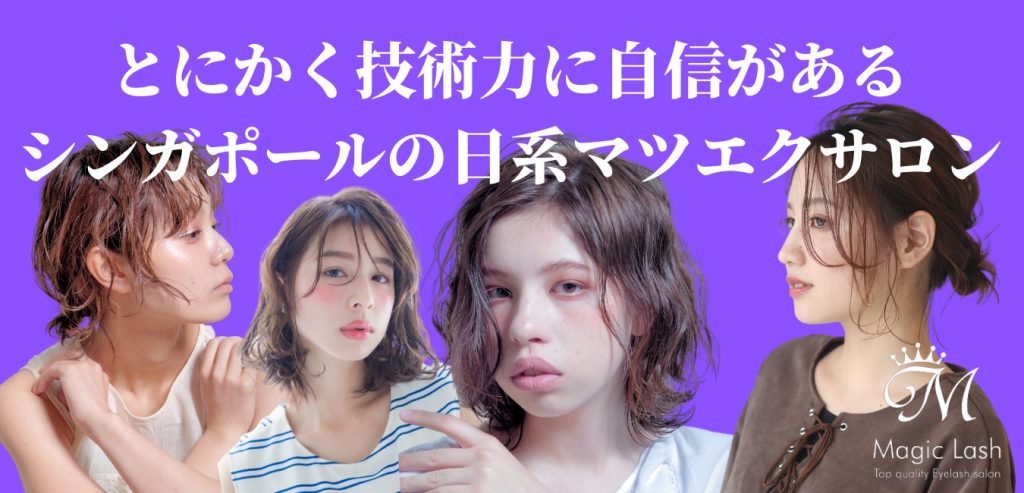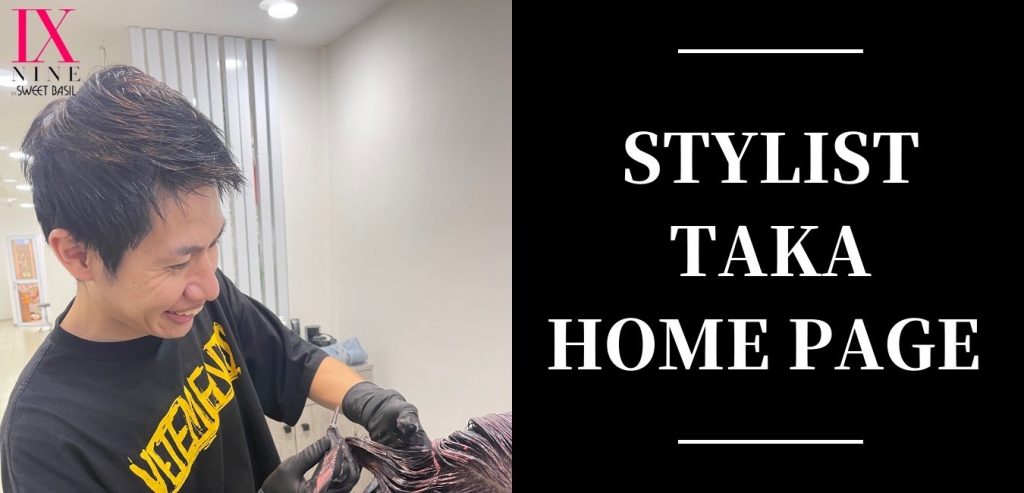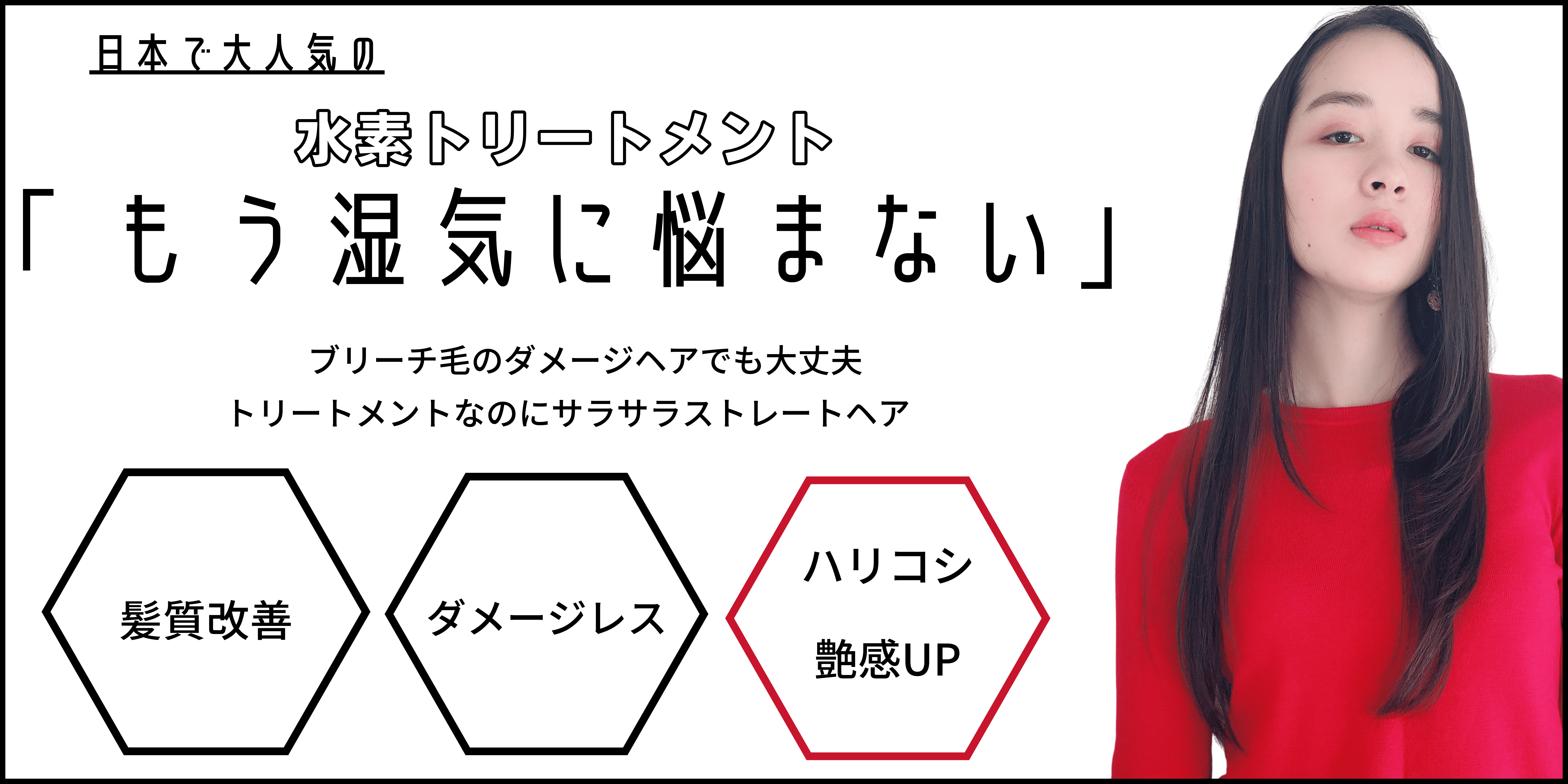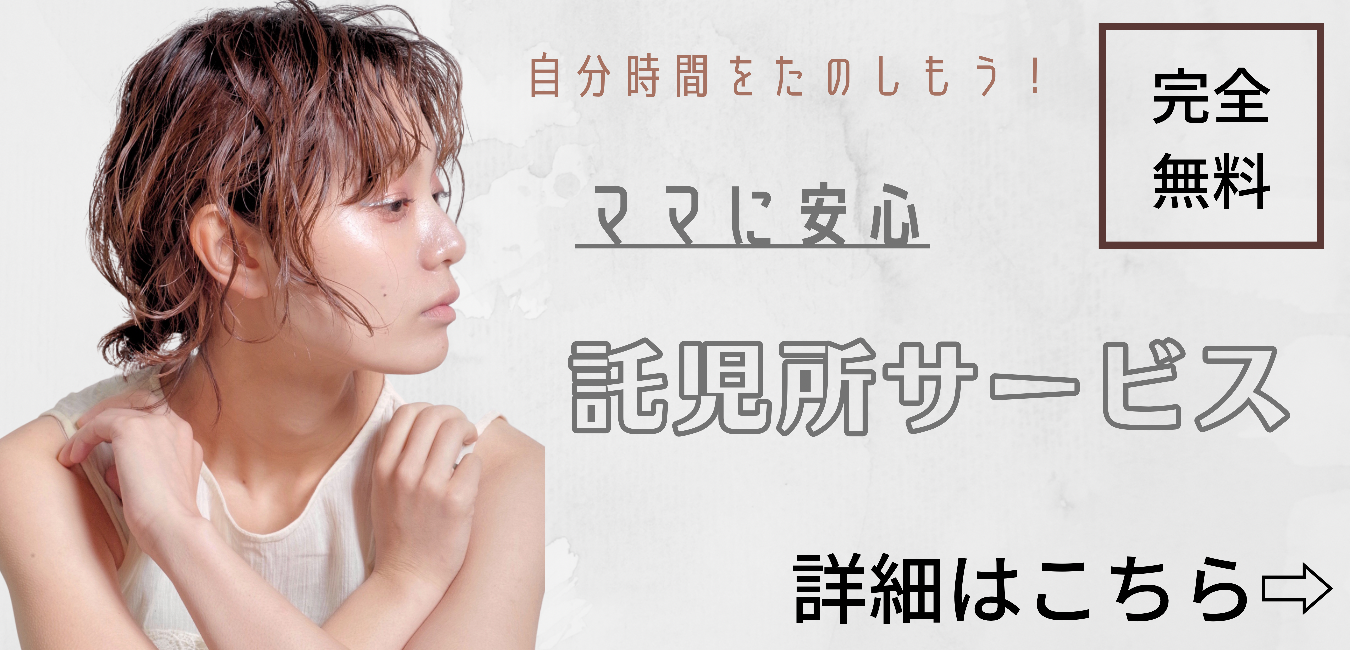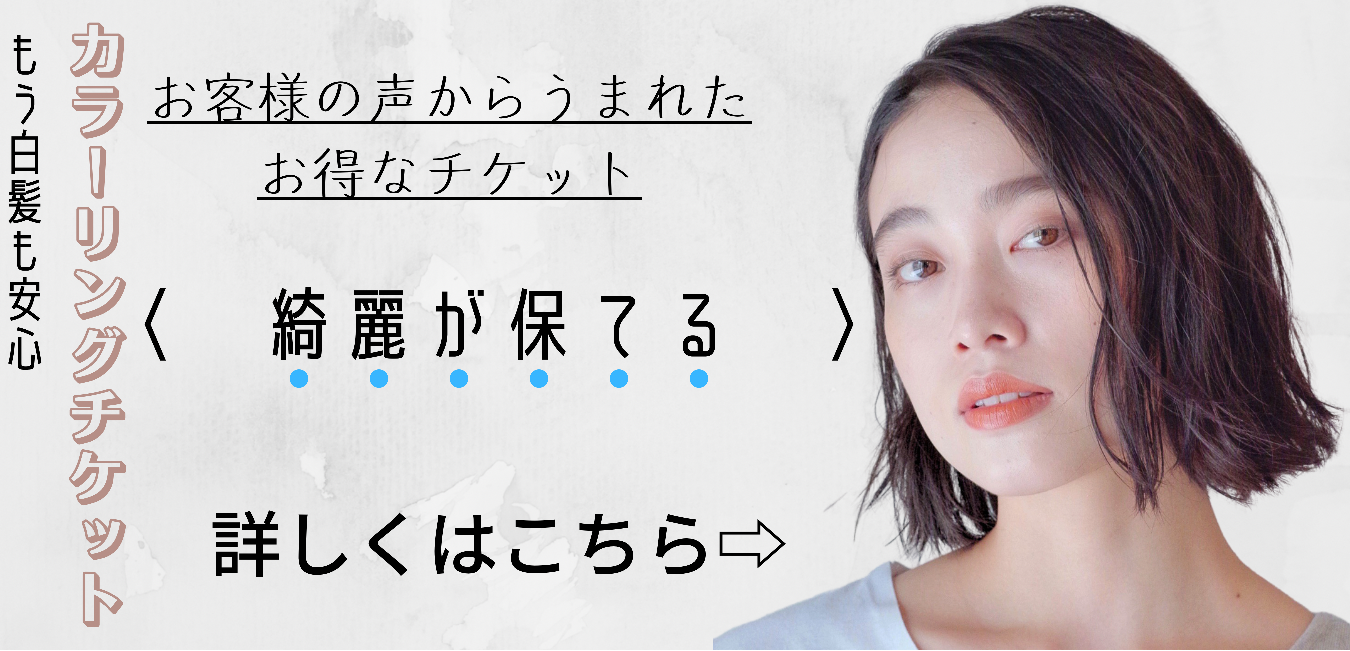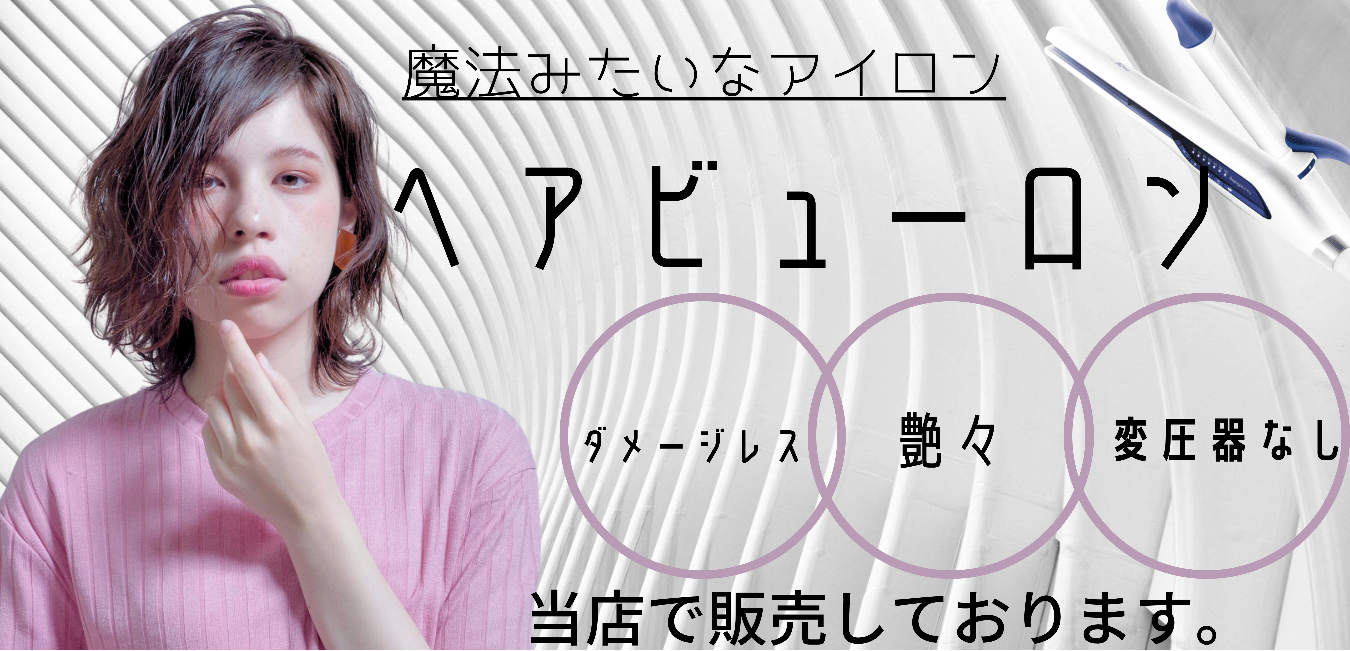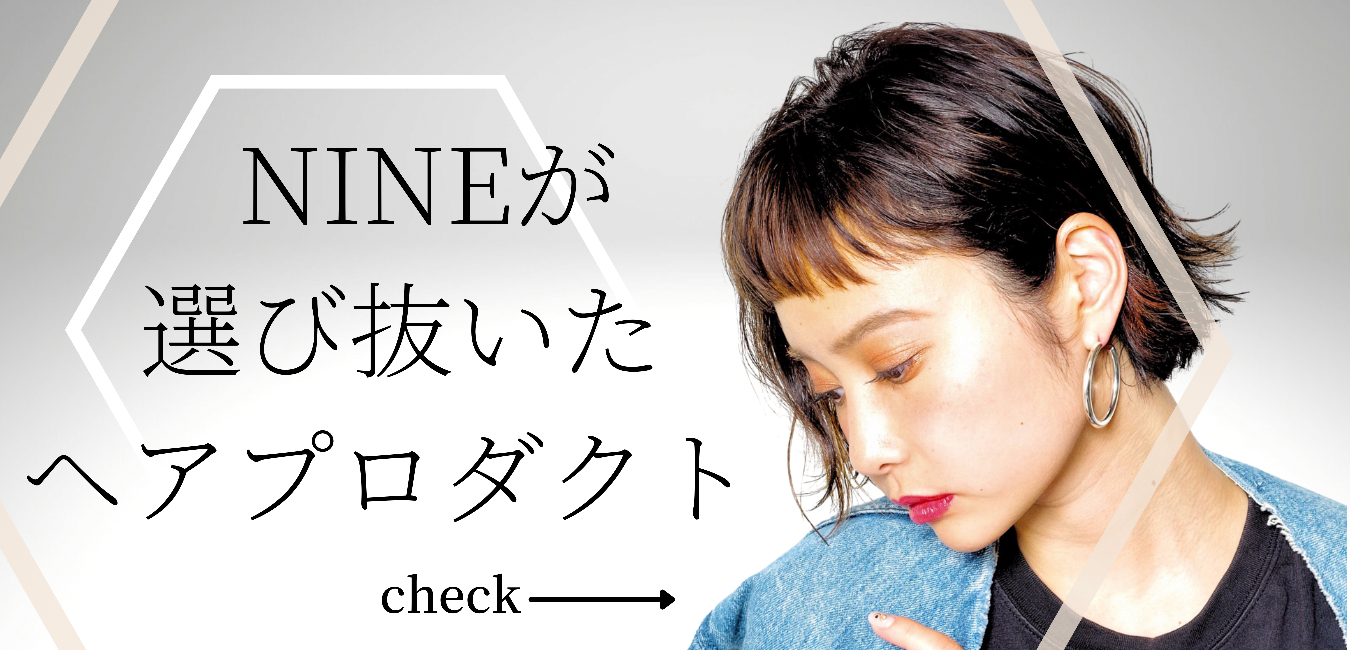
Treatments help maintain the health and beauty of hair. However, as the phrase “double-edged sword” suggests, even the best of products can be detrimental if used incorrectly. Incorrect use of treatments can cause hair loss.
Treatments cause hair loss!
Treatments that repair hair damage can cause hair loss? Is this possible? As it turns out, it is possible for a treatment to cause hair loss if it is used incorrectly.
Of course, treatments are very beneficial for your hair, so there is no need to stop using them. Below we will teach you how to use it correctly, so please check it out.
Treatments after shampoo, before rinse!
Using treatment products on greasy or dirty hair will reduce the effectiveness by half. This is because hair under normal conditions is well protected by the cuticle.
On the other hand, when you take a bath and shampoo your hair, the cuticle is opened, leaving your hair unprotected. This is not good for the hair, but it makes it very easy for the treatment to penetrate. Therefore, treatment should be done “after washing” the hair.
On the other hand, rinses (conditioners) supply oil and other substances to the hair and coat the hair. In other words, “it is difficult for moisture and active ingredients to leave the hair, and at the same time, it is difficult for them to enter the hair from the outside. Therefore, treatment must be done before rinse (conditioner).
If the order of treatment is wrong and the active ingredients do not penetrate properly, the hair will accumulate damage, become thin, and as a result, hair loss is likely to occur.
Not even on the scalp!
Also, some people rub the treatment into their scalp, which is a big mistake. Treatments are only good for the hair, not the scalp. Instead, you are “polluting your scalp” in the sense that you are giving it unwanted products and blocking the pores. This inhibits the healthy growth of hair, which can also result in increased hair loss.
In particular, when using “no-rinse type treatments” after taking a bath, take extra care not to get them on the scalp.
